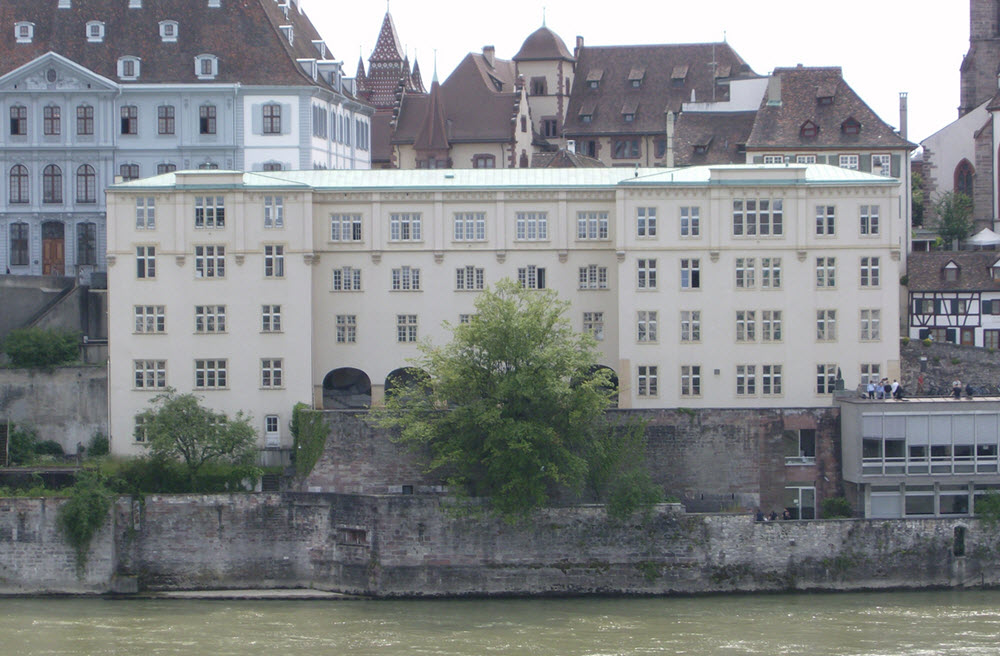Contents
Karl Gustav Jung (b. 1875) grew up in a family where both his father and maternal grandfather were clergymen, and when he was young, he had plans to become a preacher or minister.
In his teens, Jung studied philosophy, and this made him decide to pursue a career in medicine and psychiatry instead of following the religious career path. For Jung, psychiatry combined the biological with the spiritual in a way that strongly appealed to him.
Medical studies
In 1895, Jung enrolled at the University of Basel and started his medical studies. Barely a year later, his father died, and without his income from the church, the family became near destitute. Fortunately, they had relatives who could help them out, and Jung didn’t have to drop out of medical school.

At Burghölzli hospital
In 1900, Jung moved to Zürich to work under Eugen Bleuler at the Psychiatric University Hospital Zürich (Psychiatrische Universitätsklinik Zürich), also known as the Burghölzli hospital, and write his doctoral dissertation under Bleuler’s guidance. This was a research hospital associated with the University of Zürich.
Jung published his dissertation Zur Psychologie und Pathologie sogenannter occulter Phanomene (On the Psychology and Pathology of So-Called Occult Phenomena) in 1903. In 1905, he was appointed as permanent senior doctor at the hospital, and also started teaching as a lecturing Privatdozent at the medical faculty of Zürich University.
Burghölzi hospital – a great place for professional development within the field of psychiatry
When Jung arrived to Burghölzi hospital at the turn of the century, it was already renowned for being one of the leading psychiatric hospitals in all of Europe, and his time here would come to have a huge positive impact on his professional development within the field of psychiatry.
The Burghölzi hospital was located in a large and well-appointed building on the wooden hill Burghölzli (hence the nickname) in south-eastern Zürich, on land that used to belong to a monastery. The hospital building had been constructed in 1842 to serve as a Versorgungsanstalt (care facility) for chronically ill, old and incurable mental patients. Eventually, this care facility was converted into a modern psychiatric clinic, with a close connection to the university and an emphasis on continous research and the human treatment of the mentally ill.
Early on, there was a strong focus on brain pathology and physiology in the treatment of the patients at the clinic, but when Auguste-Henri Forel’s assumed leadership of the hospital in 1879 the work shifted into a for-the-time rather unique combination of the biological approach of German psychiatry and the dynamic approach of French psychiatry. It was during Forel’s almost 20 years as director that Burghölzi became recognized throughout Europe for its psychiatric treatments and research.
Eugen Bleuler, who took over after Forel in 1898, continued working with this combined approach to mental health issues. The Bleuler era, which lasted until 1927, is widely recognized as the most illustrious period for the hospital, largely because of the successful application of Freudian theories and the groundbreaking work of Jung.
Examples of renowned psychiatrists that – just like Jung – worked at Burghölzli are Hermann Rorschach, Adolf Meyer, Eugène Minkowski, Emil Oberholzer, Franz Riklin, Karl Abraham, Ludwig Binswanger, Constantin von Monakow, Ernst Rüdin, and Abraham Brill.
Introduction to Sigmund Freud
In 1906, Jung published Diagnostic Association Studies and sent a copy of it to Sigmund Freud, who was already in communication with Eugen Bleuler. Jung and Freud met for the first time the following year, and immediately clicked – talking with each other almost non-stop for thirteen hours. Six months later, Freud sent a collection of his latest essays to Jung, and thus started a period of intense correspondence and collaboration that would last for six years (until May 1913).
Private practise
In 1909, Jung resigned from Burghölzli hospital and set up a private practise in his home in Küsnacht, a village not very far from Zurich.